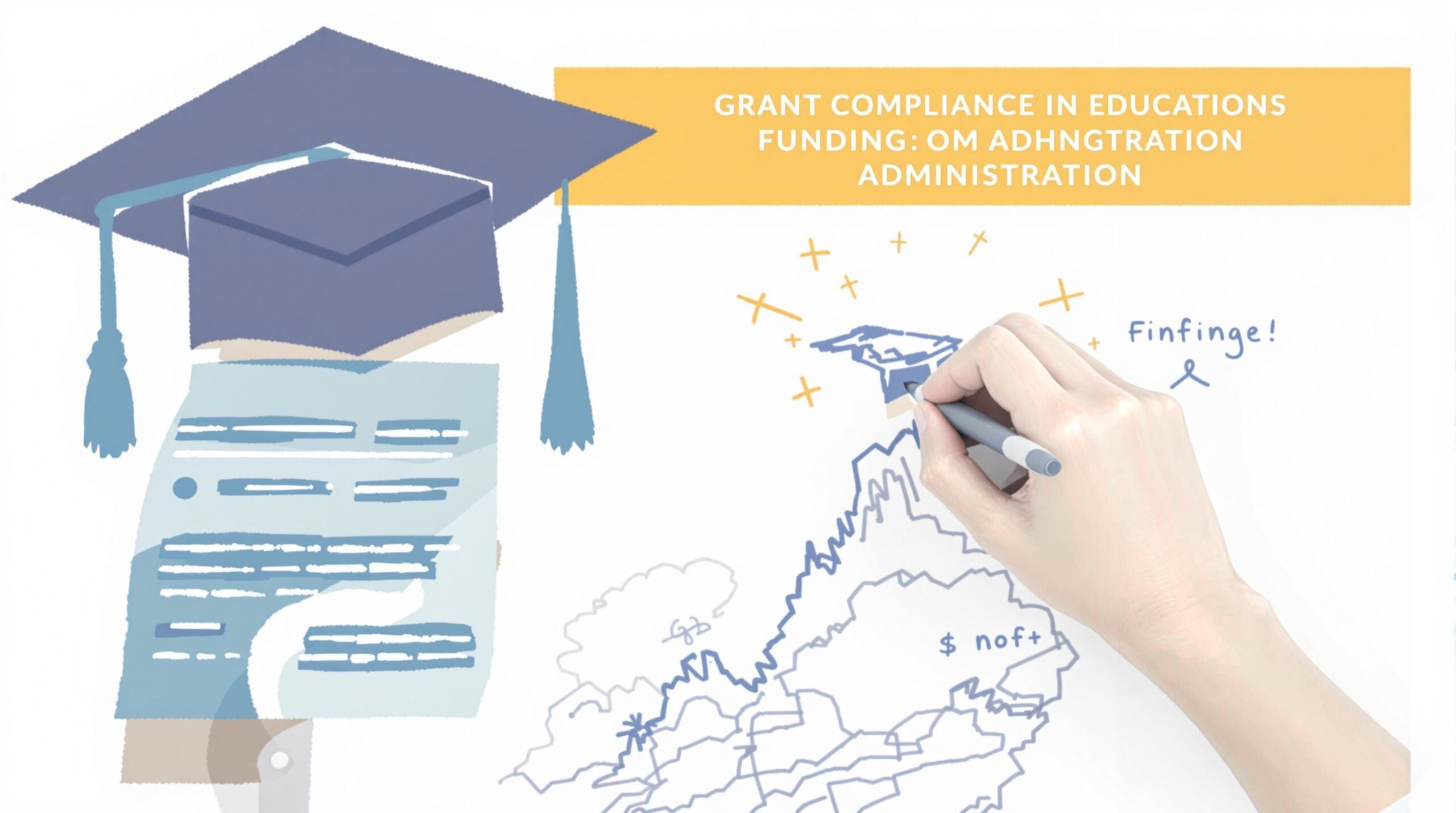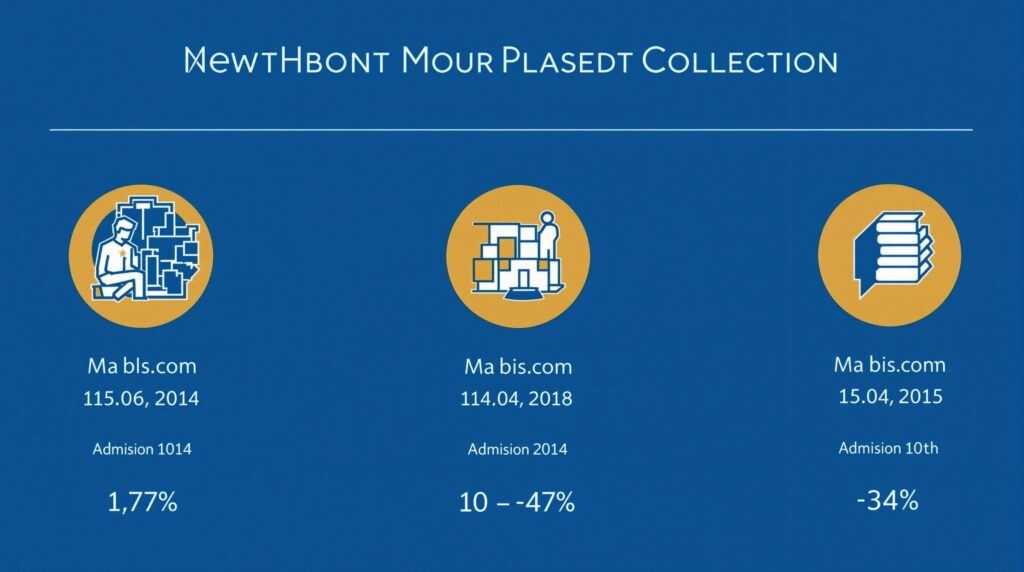Educational grant funding requires careful management to avoid supplanting existing funding sources. Proper understanding of federal guidelines is essential for schools and institutions receiving Title I and other federal grants. Breaking the “supplement, not supplant” rule can result in serious financial penalties, repayment demands, and even loss of eligibility for future funding.
Key Takeaways
- Supplementing means adding to existing resources, while supplanting replaces them – a critical distinction in federal compliance
- Educational institutions face strict regulations under ESSA and other federal frameworks to prevent misuse of grant funds
- Common violations include using federal funds for technology purchases or staffing that should come from state/local sources
- Proper documentation systems and regular compliance audits significantly reduce violation risks
- Recent enforcement has resulted in $61.7 million in fines and aid eligibility revocation for dozens of institutions
Understanding the Critical Difference: Supplementing vs. Supplanting
The foundation of grant compliance in education lies in understanding the difference between supplementing and supplanting. Supplementing occurs when federal grant funds are used to add to existing resources – like providing extra tutoring sessions with Title I funds while maintaining regular state-funded programs. Supplanting happens when institutions replace existing non-federal funding with federal grant money, such as cutting local technology budgets and using federal grants to fill the gap.
Federal mandates, particularly under the Every Student Succeeds Act (ESSA), require that Title I funds must add to, not replace, state and local funds. This “supplement, not supplant” rule is strictly enforced by federal auditors. The consequences of violations are severe – including fines, termination of aid, or demands for repayment. In 2024 alone, the Education Department fined educational institutions $61.7 million and revoked aid eligibility for 35 colleges due to compliance failures.

The Legal Framework: Understanding Federal Requirements
The Office of Management and Budget Circular A-87 establishes three key presumptions of supplanting that guide federal auditors:
- Using federal funds to provide services required by law
- Replacing prior-year state or local funded services with federal grants
- Offering services to Title I students that non-Title I students receive through state or local funds
ESSA compliance requirements demand that schools demonstrate a “Title I neutral” allocation methodology for state and local funds. This means proving that resources would be distributed the same way regardless of whether a school receives Title I funding. Different standards apply to targeted assistance schools versus schoolwide programs, with the former needing to prove services are specifically for eligible students, while the latter can blend funding sources but must show federal grants increase overall support.
Recent enforcement actions highlight the seriousness of these rules. For example, McDougle Technical Institute lost federal aid eligibility in 2022 after auditors determined they were using grant funds for core operational costs that should have been covered by non-federal sources. Such cases of supplanting federal funds have become a major focus for funding agencies in recent years.
Common Violations: Breaking the Rules Unintentionally
Many educational institutions break the “supplement, not supplant” rule without realizing it. Technology violations are particularly common – such as using Title I funds to purchase computers for Title I schools while non-Title I schools must use local funds for the same purpose. This creates an inequitable distribution that federal auditors quickly flag.
Staffing violations represent another frequent problem. For instance, hiring grant-funded specialists while cutting state-funded positions in the same area clearly demonstrates supplanting. Similarly, course offering violations occur when schools replace state-funded courses with grant-supported versions without ensuring the supplemental intent is maintained.
A 2012 California State University audit found 26 courses potentially supplanted by self-supported programs, while a 2013 audit revealed two CSU campuses raised extended education fees without proper justification, violating state policies. These examples demonstrate how even large, established educational systems can struggle with proper implementation of supplement-not-supplant rules.
Best Practices: Ensuring Compliance Through Documentation
The most effective defense against supplanting allegations is thorough documentation. Schools must maintain detailed records proving equitable distribution of state and local funds regardless of Title I status. This documentation should clearly demonstrate your allocation methodology and show how federal funds provide additional services beyond what’s already required.
Implementing tiered oversight significantly reduces compliance risks. This includes appointing grant compliance officers, conducting regular internal audits, and training staff on OMB and ESSA rules. Technology solutions also play an important role – grant management software can automate compliance checks and flag potential issues before they become violations.
The data supports these approaches. Schools using weighted student funding formulas are 34% less likely to face supplanting allegations. The SmarterSelect Grant Compliance Checklist recommends sub-recipient monitoring and regular risk assessments as key practices. Developing a comprehensive grant management strategy that includes these elements is essential for any educational institution receiving federal funds.
Real-World Lessons: Case Studies and Resolutions
The California State University System faced significant scrutiny in 2013 when auditors discovered they were offering degree-required courses only through self-supported programs, effectively supplanting state-funded alternatives. The issue was resolved through revised fee-setting policies after state auditors sought legislative clarity on the definition of “supplanting” in higher education contexts.
More recently, Kiski Area School District faced allegations in 2024 that Title I funds were supplanting state-mandated special education services. The district responded by revising their allocation methodology and publishing detailed compliance procedures. They implemented quarterly compliance reviews and created a transparent system for tracking how federal and state/local funds were used for different purposes.
Both cases highlight the importance of clear documentation and public accountability. When faced with supplanting allegations, the most successful resolutions involve not just fixing the immediate issue but implementing systematic changes to prevent future violations. This often includes creating new oversight committees, enhancing documentation processes, and increasing transparency in funding decisions.
Tools and Technology: Resources for Maintaining Compliance
Modern compliance management relies heavily on specialized software solutions. Ignyte Group’s Grants Management Software, which integrates with common higher education platforms like Banner and Salesforce, includes fraud detection capabilities and automated eligibility checks. Such tools can significantly reduce the administrative burden of compliance while improving accuracy.
The Federal Audit Clearinghouse (FAC) serves as the central repository for tracking audit findings related to the Education Stabilization Fund and other federal grant programs. This system allows administrators to see common compliance issues and learn from others’ mistakes.
SmarterSelect’s Federal Grant Checklist provides valuable guidance, recommending vendor due diligence, internal controls documentation, and semi-annual risk assessments. The Department of Education’s 2020 guidance emphasizes using Title I funds as part of a “comprehensive system of support” rather than isolated extras. Educational institutions can also find funding through alternative sources like charitable gaming, which often have different compliance requirements.
Future Challenges: Emerging Compliance Issues
The compliance landscape continues to evolve, with increased transparency requirements under ESSA mandating the publication of actual per-pupil spending. This change intensifies scrutiny of fund allocation and makes improper supplanting more visible to auditors and the public alike.
Advanced auditing techniques represent another significant shift. The Education Department’s Office of Inspector General now uses machine learning algorithms to flag inconsistent reporting patterns that might indicate supplanting. These automated systems can detect subtle patterns that human auditors might miss.
Data challenges persist across the educational sector. In 2021, 22% of Education Stabilization Fund subgrantees misreported award data in the Federal Audit Clearinghouse, creating compliance complications. Meanwhile, states like Texas have adopted detailed handbooks clarifying supplanting rules for ESEA and Perkins grants, creating a more complex patchwork of regulations that institutions must navigate.
Creating a Culture of Compliance
Avoiding supplanting violations requires more than just understanding the rules – it demands creating an institutional culture that prioritizes compliance at every level. Regular staff education on changing federal guidelines and common pitfalls is essential. Training should be practical, focusing on real-world scenarios rather than abstract concepts.
Establishing a robust internal auditing structure allows institutions to catch potential issues before external auditors arrive. These preventative audits should simulate federal reviews, examining the same documentation and asking the same questions federal auditors would ask.
Creating standardized documentation systems for proving supplemental intent of grant-funded programs provides consistency across departments and programs. Data shows that quarterly compliance reviews are 57% more effective than annual reviews at preventing violations, making regular oversight a critical component of effective grant management.
By understanding the distinction between supplementing and supplanting, and implementing proper oversight and documentation systems, educational institutions can effectively use federal grant funding without risking compliance violations. The key lies in adding to, rather than replacing, existing resources – ensuring federal funds truly enhance educational opportunities rather than simply substituting for state and local responsibilities.
Sources
nj.gov – Supplement vs. Supplant
mesacc.edu – Supplanting vs. Supplementing
nysed.gov – ESSA Supplement Not Supplant Guidance
insidehighered.com – New Data Show How U.S. Cracks Down on Colleges’ Misconduct
information.auditor.ca.gov – CSU Extended Education Report
smarterselect.com – Grant Compliance Best Practices
ed.



